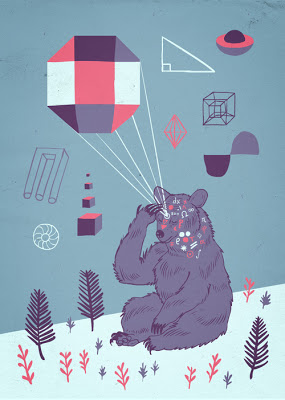Resident artificial intelligencer Janelle Shane (previously) early on trained a neural network to generate pick-up lines with the titular gem shining through a mostly confused and incoherent jumble of words and called her book after it. Since then, machines have become more literate and sophisticated cads and can slather on some pretty good introductory ice-breakers.
I love you. I don’t care if you’re a doggo in a trenchcoat.
I will briefly summarise the plot of Back to the Future II for you.
CAPE FASHION
Can I see your parts list?
Cool your jets Babbage, Ada—things are moving a bit quickly. Check out the whole list at the link up top and learn more about the programming and protocols of machine learning.

































